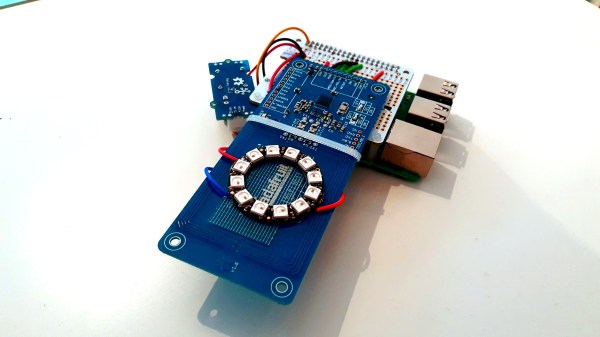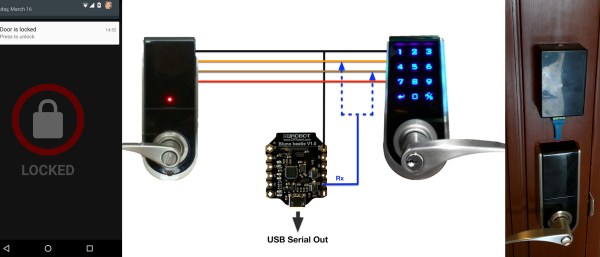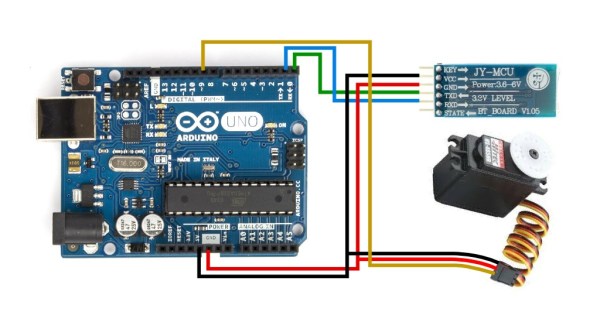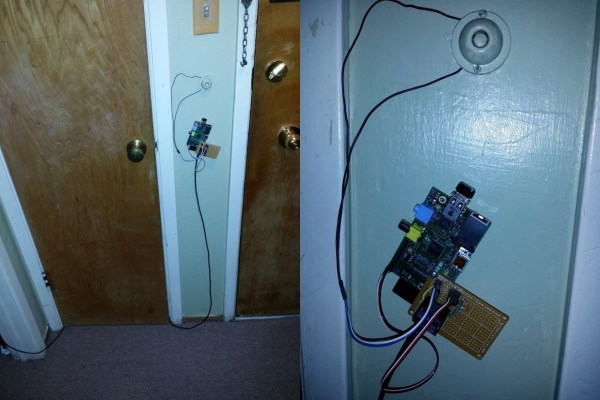Pepper! If you’ve ever tried to grind it, you’ve probably noticed it takes a bit of elbow grease. It’s actually possible to source electric pepper mills to grind it for you, in fact. It just so happens that [MarioM66] had one to hand, and a door lock that needed automating.
Seeing as grinding pepper requires at least as much torque as turning an average key in an average lock, the electric pepper mill makes perfect sense to use as a lock actuator. This build actually uses the electric pepper mill to directly turn the key in the lock, courtesy of an adapter to couple the square output shaft to the key. The adapter was crafted out of a moldable plastic called MultiMorph. The pepper mill is being used for its high-torque motor & gearbox, which makes it absolutely perfect for this application.
The rest of the project leans heavily on the hacker’s go-to, an Arduino and some off-the-shelf gesture recognition modules. Now, it’s possible to lock and unlock the door at the press of a button or the wave of a hand! Video after the break.
It’s great to see run-of-the-mill objects hacked into useful parts for new projects. In the same vein, check out this car that lets you fistbump to unlock.


















